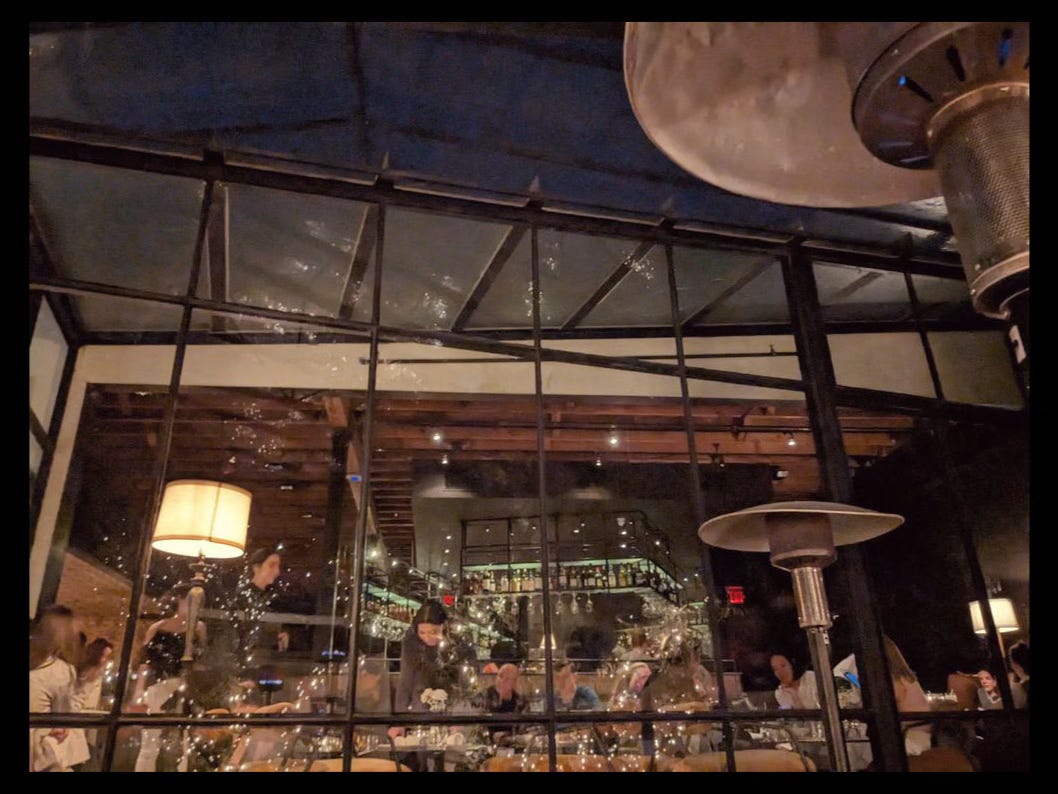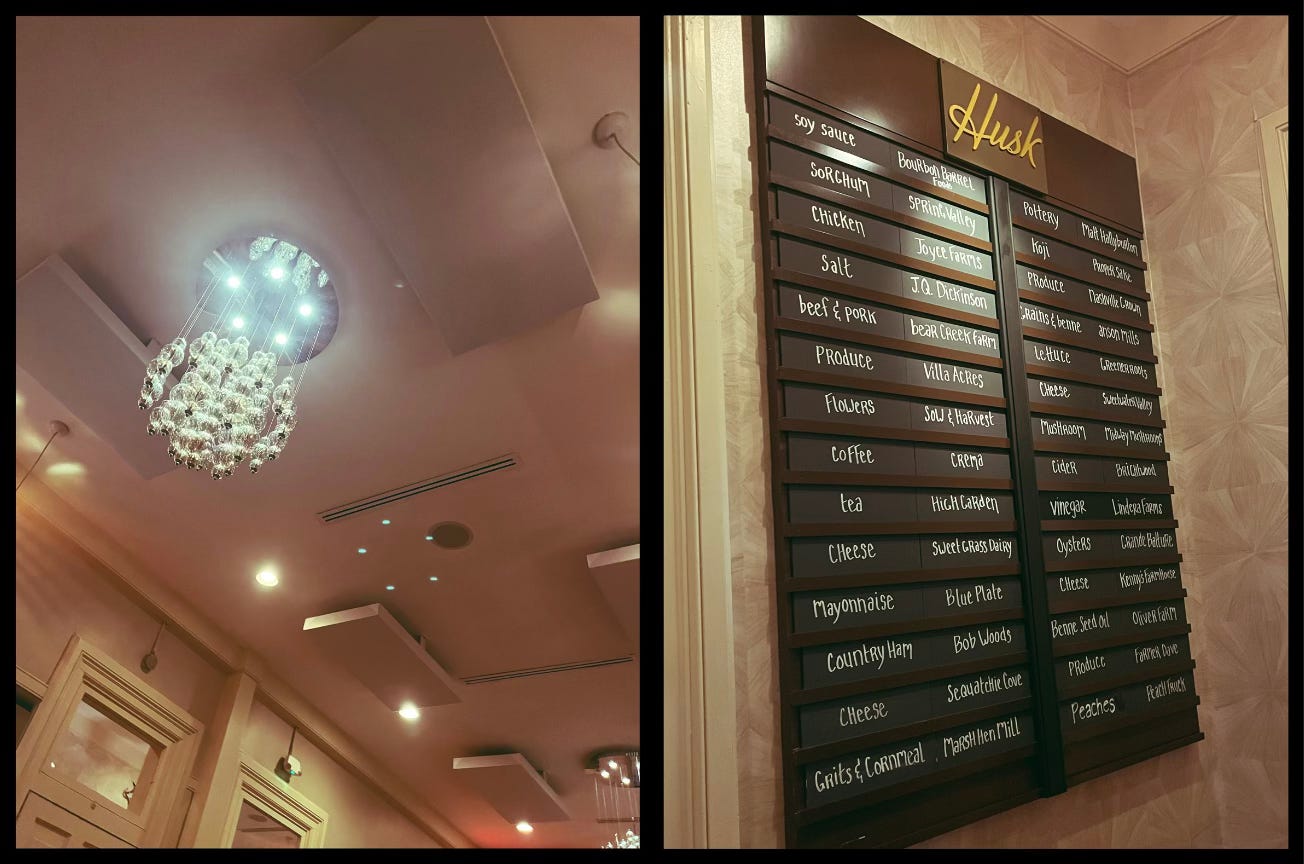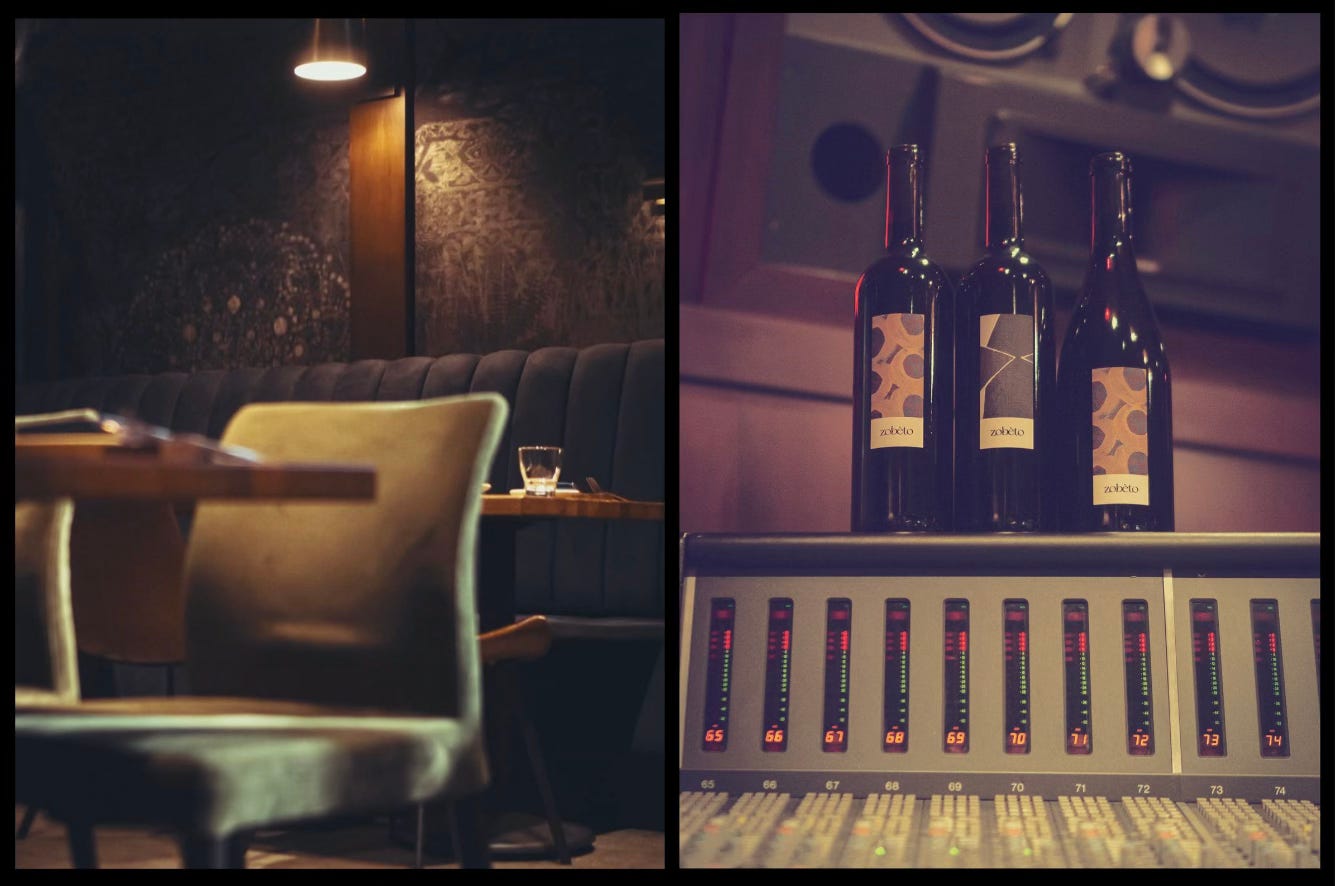The restaurant industry has a dirty secret, and it's hiding in plain hearing. (sorry- the songwriter in me should have killed that line- but this is PROSE, guys!) Every night, millions of Americans pay premium prices to eat meals they can't taste properly, have conversations they can't hear, and leave with headaches they can't explain. The culprit? Acoustic design so catastrophically bad it's literally making us sick.
Consider the last time you went to a "good" restaurant. The kind with a two week waitlist or only a 5:15pm seating avail on OpenTable. Remember trying to talk to your stunning date? The way you had to lean forward, raise your voice, strain to catch every third word? Remember how you felt when you left - not just full, but somehow wrung out, vaguely exhausted in a way that had nothing to do with the Silver Oak?
That wasn't atmosphere. That was an ambush.
Laurel Hardware- better be smoking hot because nobody can hear you being witty!
The modern restaurant has become an acoustic torture chamber (she has a flair for the dramatic!), and we've been told to call it excitement. Open kitchens that broadcast every clang and sizzle. Hard surfaces everywhere - concrete floors, metal fixtures, glass walls that reflect sound like pinball machines. Ceilings that might as well be designed to amplify and focus noise into concentrated beams of chaos.
The numbers are staggering. The average upscale restaurant now registers between 80-85 decibels during peak hours - the equivalent of standing next to busy traffic. At 80 decibels, sustained exposure causes hearing damage. At 70 decibels, your body releases stress hormones. At 85 decibels, your ability to taste is measurably impaired.
You are paying $200 for a dinner that your nervous system perceives as a threat.
Doing it right- Husk in Nashville with some sexy clouds on the ceiling
And some of that is intentional- loudness creates urgency. It make you eat faster, drink more, leave sooner. Table turnover increases 20-30% in acoustically hostile environments. Your body, flooded with cortisol from the noise stress, craves immediate pleasure - more wine, more food, anything to cope with the subliminal emergency your nervous system thinks it's experiencing. It’s subtle (and in the right circumstances, fun!) but there is no denying it is aimed to increase consumption in every vertical of the experience.
Some diners have begun to vote with their feet, flocking to rooms that know the difference between buzz and bellow. In New York, regulators are flirting with decibel caps. I am, for the record, against government refereeing - the free market will sort the chatter from the clatter. Still, the market could allow a consumer a heads up: an app portal that tells you what to expect, before you end up in great vintage Jil Sander at Jar hollering across the table at someone you hoped to impress. Acoustic consultants – once summoned only by symphony halls – are being called in by savvy restaurateurs who understand that the meal unfolds not just on the plate, but in the hush between bites.
WATCH: a fun video of Upper East Side Manhattanites bitching about noise
The best restaurants have always known this. The places that feel transcendent, where conversation flows and time slows, where you leave feeling restored rather than depleted - they understand that ambiance is both an ingredient and a competitive advantage.
Perhaps someday we'll look back on the era of the acoustically brutal restaurant the way we now look back on smoking sections - as a bizarre period when we collectively agreed to damage ourselves for the privilege of paying for it.





